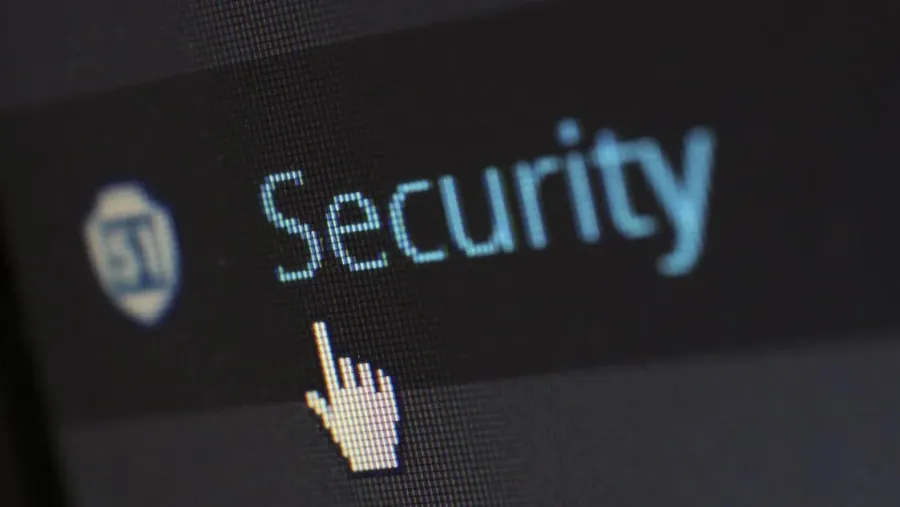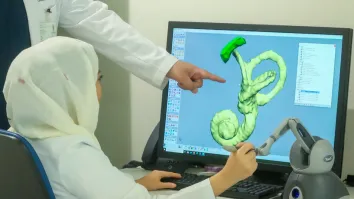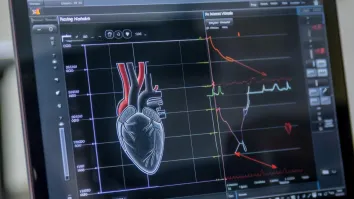
How healthcare providers can protect patient data
Losses per ransomware incident in healthcare were as high as US$2.25m.
Healthcare data breaches can be prevented through tighter cybersecurity protocols covering patients, their IP and their reputation, a Verizon report showed.
Data breaches in the healthcare industry could cause patient information leak, financial losses and reputable damage.
According to Verizon’s 2023 Data Breach Investigations Report (DBIR), miscellaneous errors are some of the most common issues. Examples include misdelivery of data to the wrong recipient, which accounts for 74% of total breaches, and mailing errors wherein paper documents nearly expose confidential patient information.
If data firewalls are compromised, they become exposed to outside actors. The report indicated 95% of incidents that incurred losses of around $2.25m, with most breaches attributed to ransomware. The healthcare sector, in particular, is one of the most prone to ransomware attacks, with medical information and online-dependent devices targeted.
ALSO READ: One out of 20 healthcare firms in APAC face attempted ransomware attacks
However, a common denominator of all indicated methods of data breaches is the human element behind them. People are the source of the problems, but they are also the solution.
Training practitioners and staff is the first vital step to learning how to identify and report phishing issues and online threats. Accompanying it is a strict security policy on which data should be shared, and who should have access to it.
But to avert human errors, a more stringent solution is a zero-trust cybersecurity strategy, a method that authenticates, authorizes, and continuously validates users to detect any malicious threats, including those within the organization. The procedure is helpful to keep users transparent and expose those masking identities.
The report also acknowledged the reliance of medical devices and equipment to online networks via IoT technology and the necessary steps to oversee and enhance their protection.
For providers, their services should not only cover protection of their patient but to their data as well.



















 Advertise
Advertise





